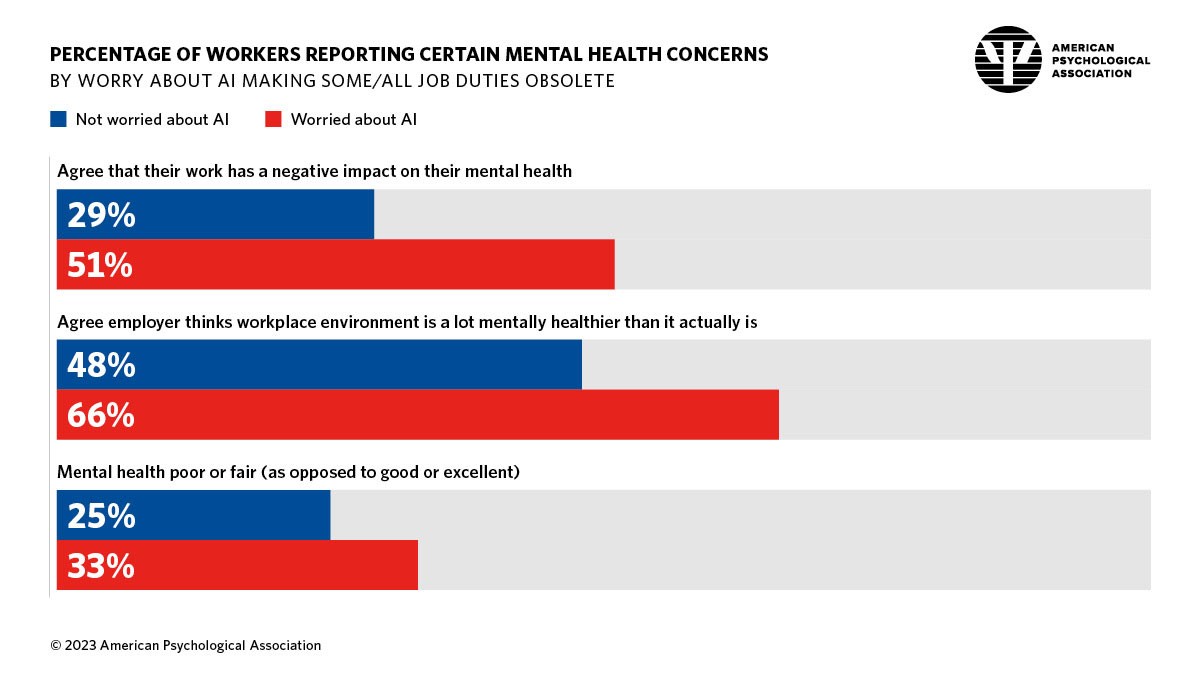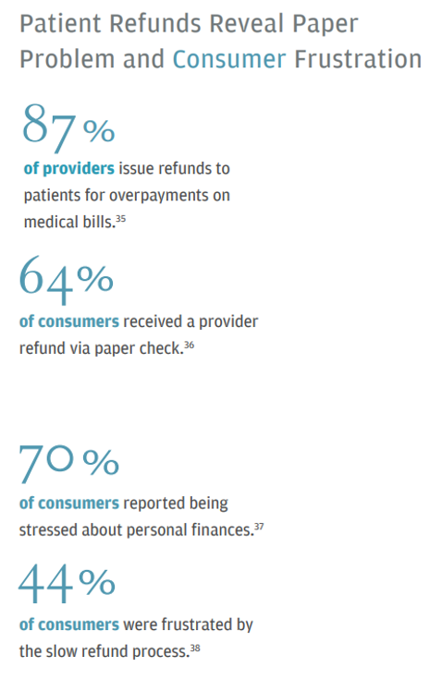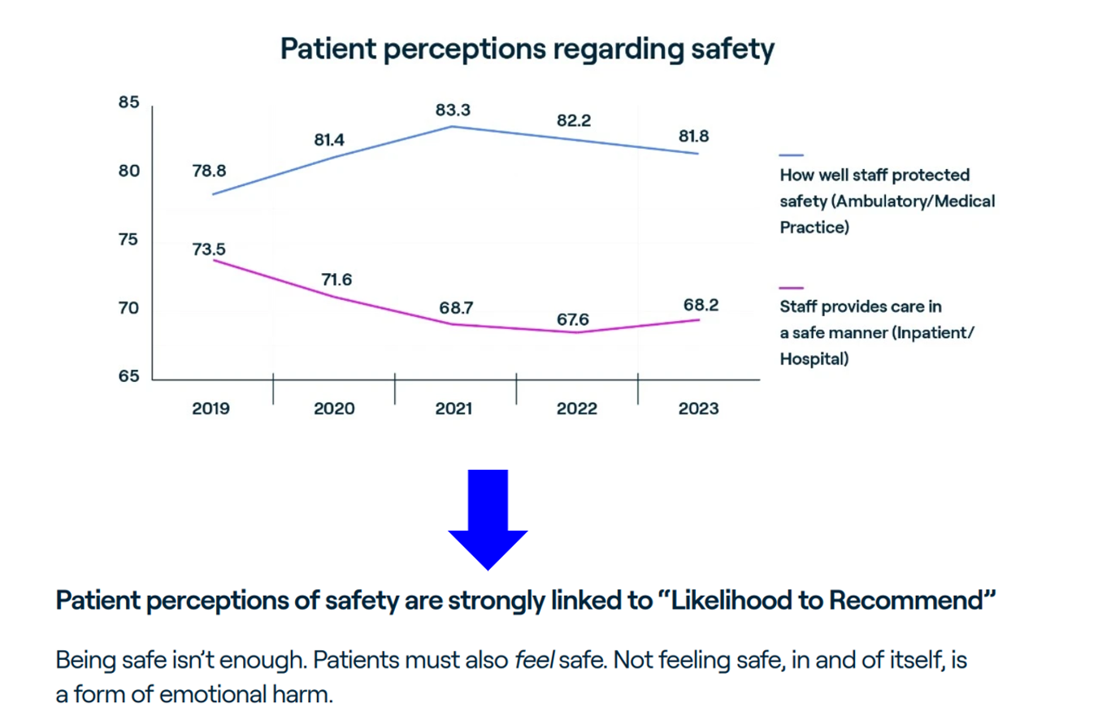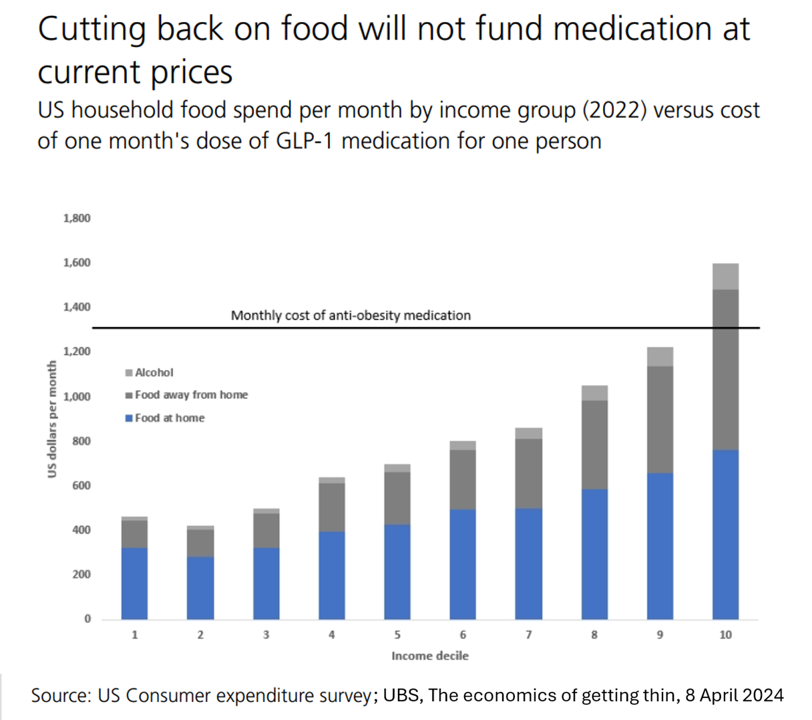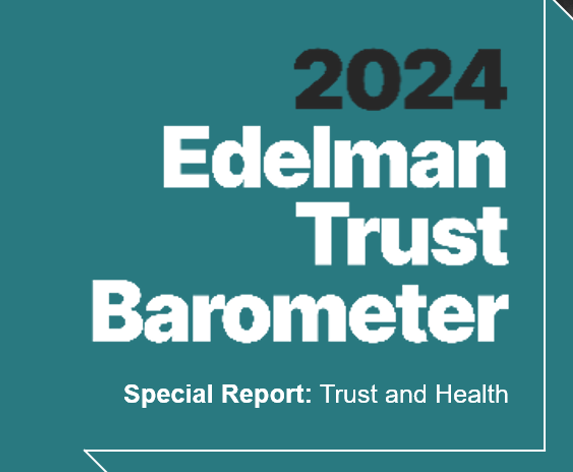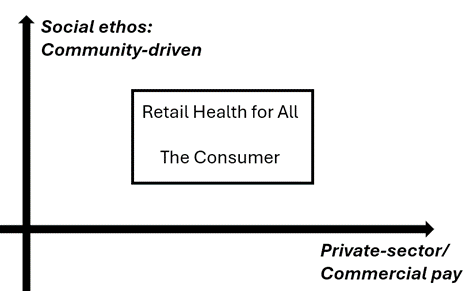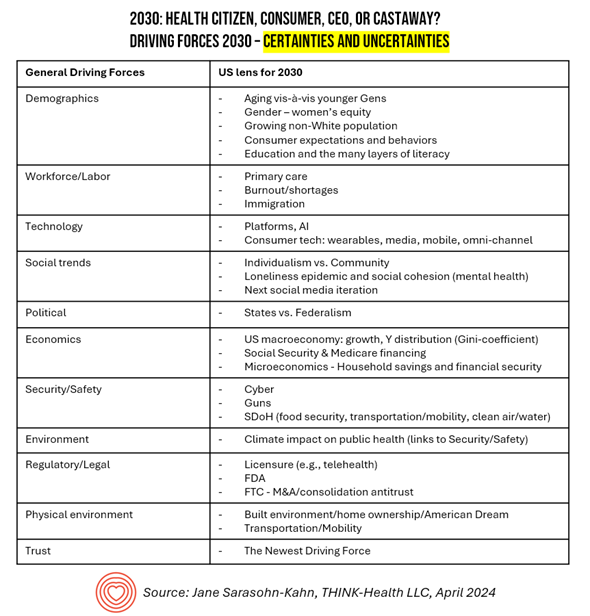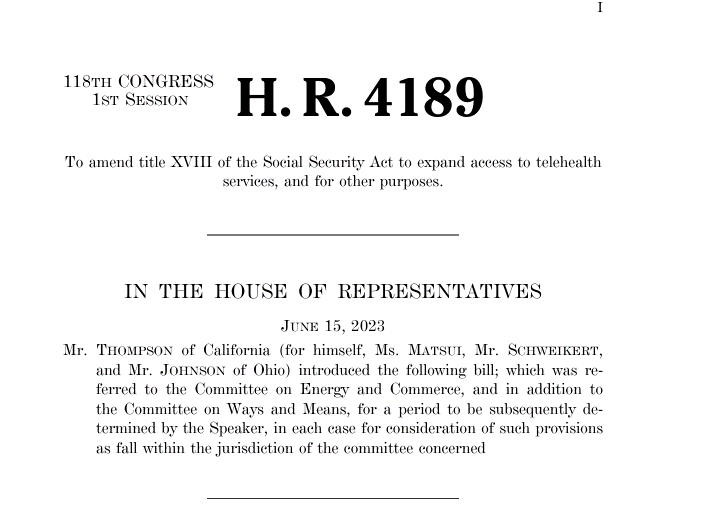Jane Sarasohn
Jane has a knack for understanding how technology will change the future of health care. She combines her expertise in business and economics with insights from social sciences, medicine, and other fields to help organizations anticipate changes that could affect their strategy or operations. Jane’s work spans healthcare stakeholders – patients, providers (hospitals/health systems), payers (insurance companies), suppliers like device manufacturers.
The Health Populi blog is now updated twice-weekly by Jane’s team at Deloitte Consulting LLP, where she advises clients on emerging trends related to people, technology, and health policy.
Jane’s career spans many different fields of expertise: she is an international speaker with talks ranging from “The Future of Healthcare” to “How Technology Impacts Patient Care.”
If you’ve ever wondered where we are headed with our advancements in medical science or if there could be some potential problems down the line like shortages due to automation…Jane might have answers for you!




